We're ready to lead you into the future of value stream management
Integrate, orchestrate, measure, govern. Get in touch with us today and learn more.Tell us how we can help you
ConnectALL®, trusted by hundreds of enterprises across B2B and B2C industries, is an easy-to-use value stream management platform built to connect the applications needed for your teams to become self-sufficient. It requires no coding; specialists, ad-hoc, and citizen integrators do not have to depend on a central technology team.
Connect the people, processes, and tools throughout your SDLC with the ConnectALL Value Stream Management Platform
Unlock the value hidden in your business data and make informed decisions with ConnectALL Insights
Partner with us and benefit from the ConnectALL Partner Program, get listed and be a part of our rich ecosystem of Sales and Technology partners.
United States
ConnectALL, LLC
10845 W Griffith Peak Dr
Suite 200
Las Vegas 89135
United States
Phone: +1 800 913 7457
Fax: +1 800.913.7457
India
ConnectALL India Pvt Ltd
Level 7, IIFL Towers
No.143, MGR Main Road
Kandanchavadi, Perungudi,
Chennai 600 096, Tamil Nadu,
India

